Technological Innovations
Technological advancements within the Polymer Solar Cell Market are fostering enhanced efficiency and performance. Recent innovations in materials science, such as the development of new organic compounds, have led to improved energy conversion rates. For instance, the efficiency of polymer solar cells has seen a marked increase, with some products achieving efficiencies exceeding 15%. This progress not only enhances the appeal of polymer solar cells but also broadens their applicability across various sectors. Furthermore, ongoing research and development efforts are likely to yield even more efficient designs, potentially revolutionizing the market landscape. As these technologies mature, the Polymer Solar Cell Market is expected to attract increased investment and consumer interest, further solidifying its position in the renewable energy sector.
Diverse Application Potential
The versatility of polymer solar cells is a significant driver for the Polymer Solar Cell Market. These cells can be integrated into a wide range of applications, from building-integrated photovoltaics to portable electronic devices. Their lightweight and flexible nature allows for innovative designs that traditional solar technologies cannot accommodate. As industries explore new ways to harness solar energy, the demand for polymer solar cells is likely to increase. In 2025, the market is expected to see a rise in applications across various sectors, including automotive, consumer electronics, and architecture. This diverse application potential not only broadens the market scope but also enhances the overall attractiveness of polymer solar cells as a viable energy solution.
Government Incentives and Policies
The Polymer Solar Cell Market is significantly influenced by supportive government policies and incentives aimed at promoting renewable energy adoption. Many countries have implemented tax credits, subsidies, and grants to encourage the installation of solar technologies, including polymer solar cells. These initiatives not only lower the financial barriers for consumers but also stimulate market growth. In 2025, it is anticipated that more nations will introduce favorable regulations to accelerate the transition to clean energy. Such policies are likely to enhance the competitiveness of polymer solar cells against conventional energy sources, thereby driving their adoption. The proactive stance of governments in fostering a sustainable energy landscape is a crucial driver for the Polymer Solar Cell Market.
Rising Demand for Renewable Energy
The Polymer Solar Cell Market is experiencing a notable surge in demand for renewable energy solutions. As nations strive to meet ambitious climate goals, the transition from fossil fuels to renewable sources is becoming increasingly urgent. This shift is driven by both governmental policies and consumer preferences for sustainable energy. In 2025, the renewable energy sector is projected to grow significantly, with solar energy playing a pivotal role. The Polymer Solar Cell Market is well-positioned to capitalize on this trend, as these cells offer a lightweight and flexible alternative to traditional solar technologies. The increasing adoption of solar energy in residential, commercial, and industrial applications further propels the market forward, indicating a robust growth trajectory for polymer solar cells.
Environmental Awareness and Consumer Preferences
Growing environmental awareness among consumers is a key driver for the Polymer Solar Cell Market. As individuals become more conscious of their carbon footprints, there is a marked shift towards sustainable energy solutions. This trend is reflected in the increasing demand for eco-friendly products, including polymer solar cells, which are perceived as a greener alternative to traditional solar technologies. In 2025, consumer preferences are expected to further align with sustainability goals, prompting manufacturers to innovate and offer products that meet these expectations. The Polymer Solar Cell Market stands to benefit from this shift, as consumers actively seek out renewable energy options that not only reduce environmental impact but also provide long-term cost savings.


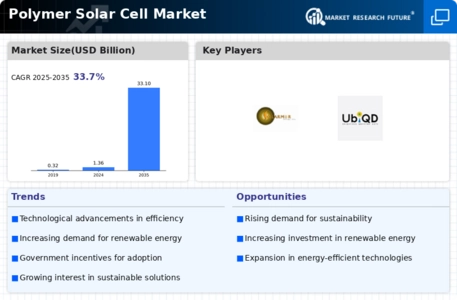
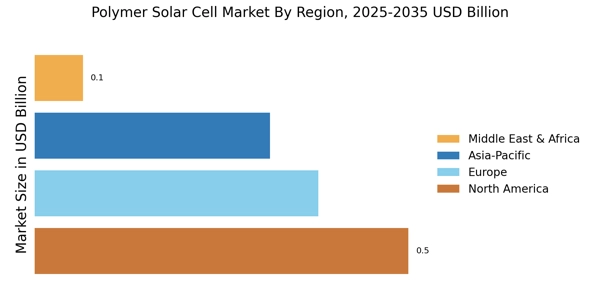
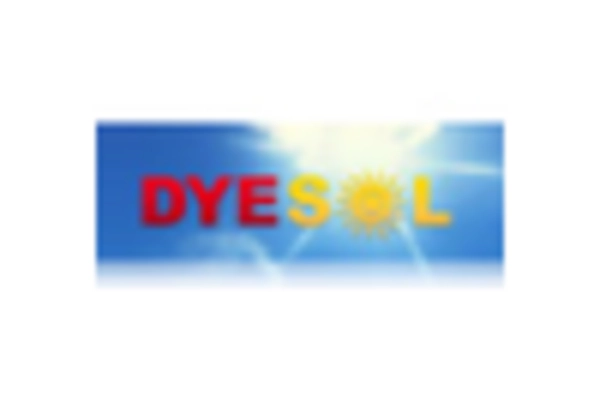
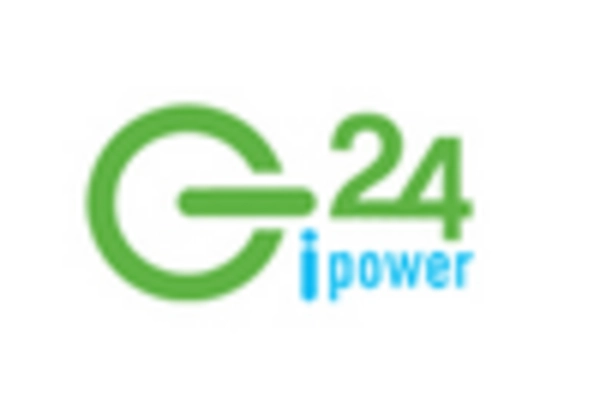
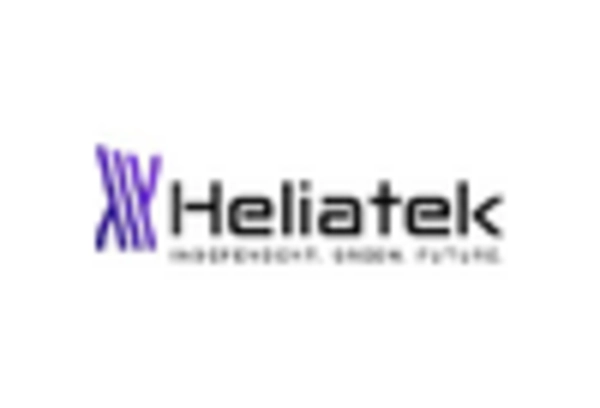
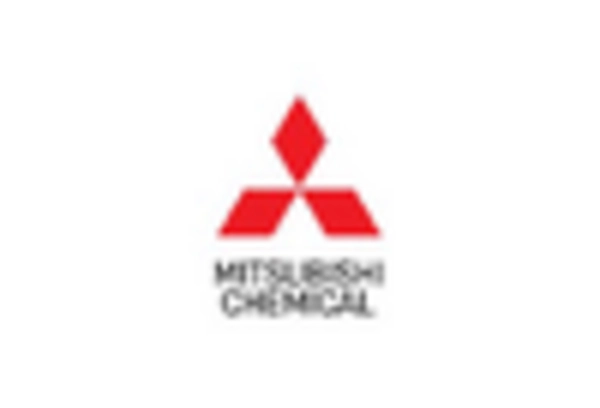










Leave a Comment